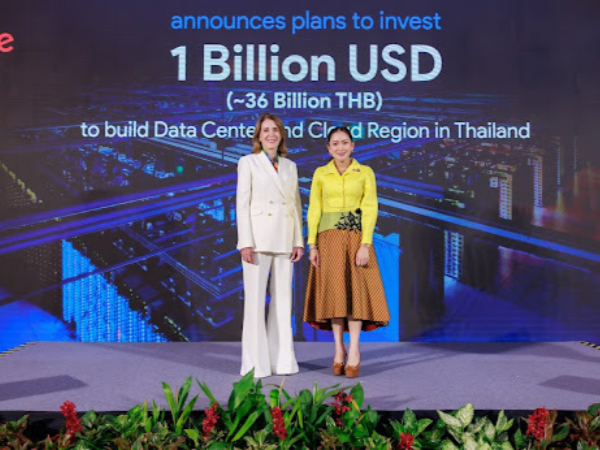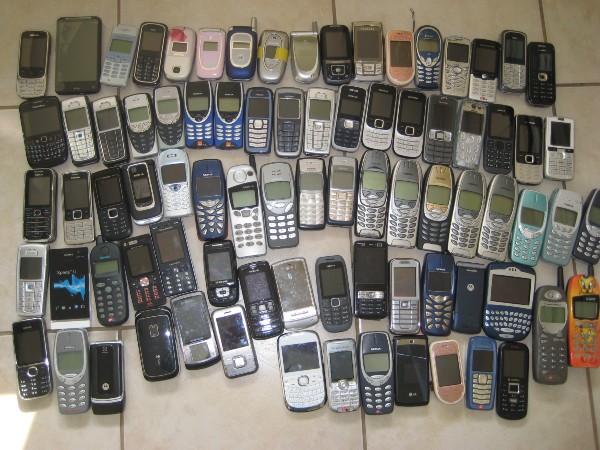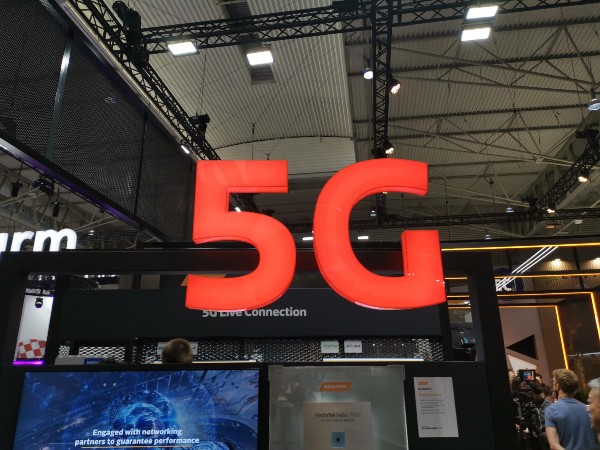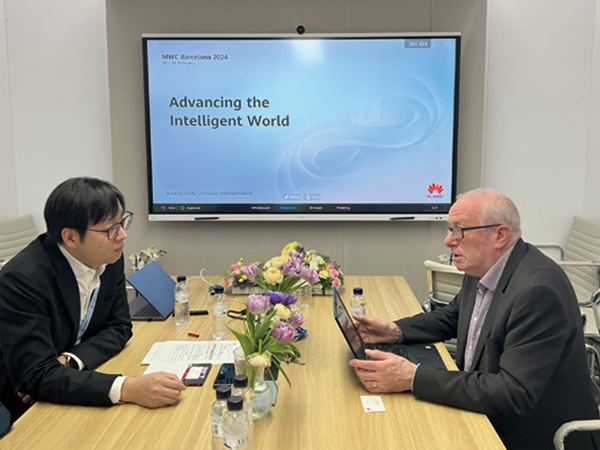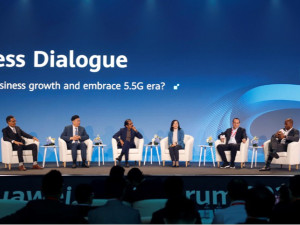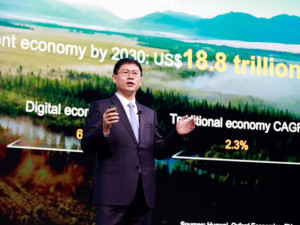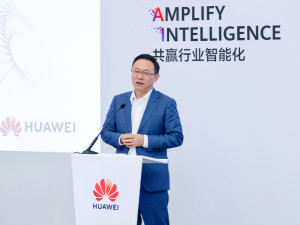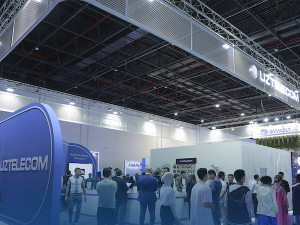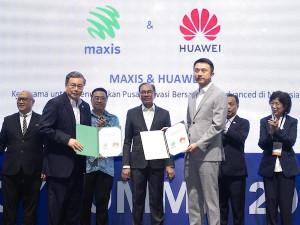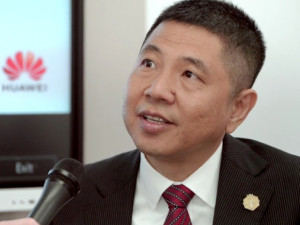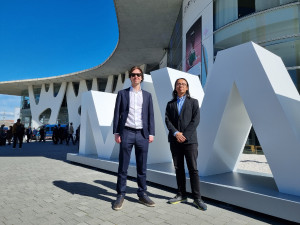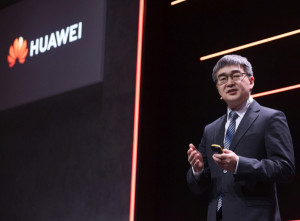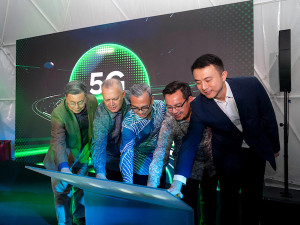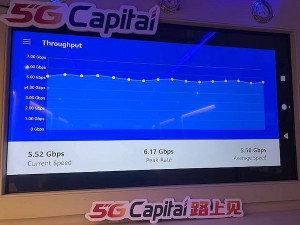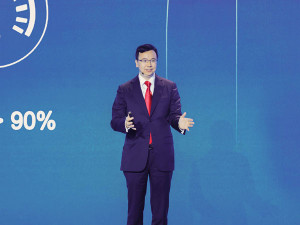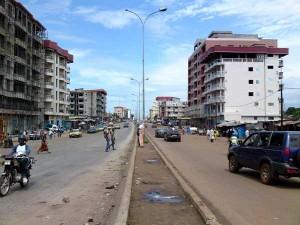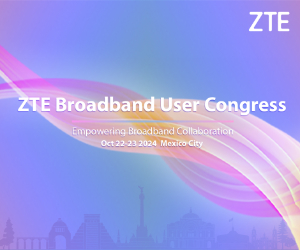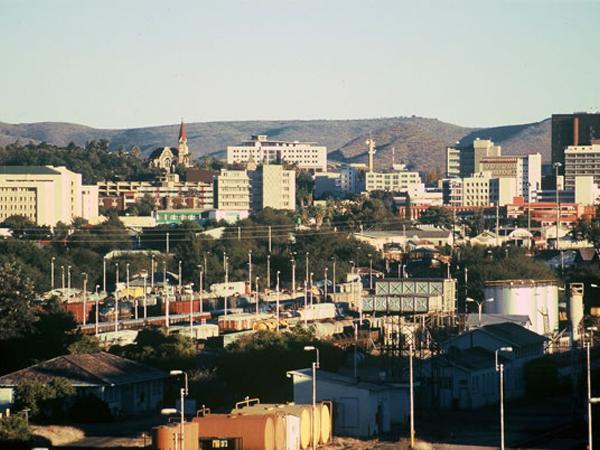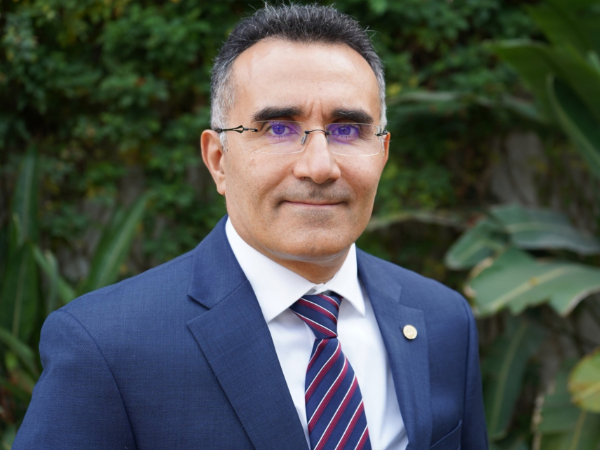Frequency division duplex (FDD) technology operating in the sub-3 GHz frequency bands has a key role to play as services evolve into the era of 5.5G (5G Advanced), says Huawei.
As technologies and applications such as RedCap are more widely deployed, attention is not just focusing on the mid-bands around 6GHz and higher frequencies such as mmWave to provide the capabilities needed to support the more testing demands of 5.5G, says the company.
The deep and wide coverage and large uplink experience provided by the sub-3 GHz frequency bands, which have helped global LTE and 5G operators achieve high levels of satisfaction, will continue to be in demand in the era of 5.5G, according to Fang Xiang, VP of Huawei wireless network product line.
These bands which were the foundation of 4G have attributes which can equally well serve the needs of operators in the 5G era and beyond. As new service scenarios place growing demands on network quality, coverage, latency and reliability, FDD can be adapted to support the new services for 5.5G, Fang told Developing Telecoms during MWC 2024.
In the 5.5G era, networks need to provide services with multi-dimensional capabilities of large uplink, low latency, and deep and wide coverage, says Fang. The demands of applications such as , while cloud gaming, which has become a top ICT strategy for operators in the Middle East, demands stable 40ms latency.
The sub-3 GHz bands have rich uplink and downlink spectrum resources and wide coverage, says Fang. For improved uplink performance, FDD can support the symmetrical configuration required for 5.5G. Delivering 5-10Gbps in the downlink means aggregating three or even five component carriers (CCs), but the industry already has a 5CC chip that will support the FDD bands. Multi-band serving cell (MBSC) technology as defined in 3GPP Release 18 will provide in future for multiple aggregated bands to build a 100 MHz FDD bandwidth.
As well as achieving sub-3 GHz spectral efficiency and performance criteria, Huawei believes operators want to benefit from simplified and green deployments in the . This can include ensuring that new frequency bands are added without increasing the number of base stations or power consumption, and that OPEX is continuously reduced.
To address these challenges, Huawei has developed its GigaGreen Radio platform, which comprises a single RAN coupled with FDD massive MIMO designed to facilitate efficient deployment of 100 MHz FDD bandwidth.
The GigaGreen FDD 8T8R three-band RF module provides three times the capacity of 4T4R with 7dB coverage and 30% less energy consumption, according to Huawei. A single massive MIMO module combines support for the 1.8 GHz, 2.1 GHz, and 2.6 GHz bands with compact size (995 mm high and 499 mm wide) and a reduced wind load, meaning that with full-band beamforming, operators can upgrade their capacity by four times in the downlink and five times in the uplink, from 5G 4T4R to 5G MIMO.
GigaGreen also features Huawei’s energy saving solution that uses network-, site-, and module-level shutdown and fast wakeup to reduce power consumption by more than 20% compared with the previous-generation products, according to the company.
When deployed, GigaGreen can bring dividends in LTE and 5G networks as well as for 5.5G, by fully utilizing spectrum resources in the sub-3GHz bands and minimizing antenna installation and power consumption, says Huawei.
Thus far, Huawei says its GigaGreen products have been deployed in more than 100 networks worldwide. These include commercial deployments in Cambodia, as well as in other emerging markets such as Nigeria, where FDD massive MIMO is already being widely adopted in urban environments. In Brazil, GigaGreen has supported wider 5G coverage and improved uplink deployments, says Fang. “We have designed GigaGreen to simplify deployments. We hope GigaGreen will help telcos to increase revenues and reduce costs.”
Fang says GigaBand is a three-layered solution incorporating hardware technologies to support wideband power amplifiers; ultra-wideband to help unified O&M on all bands rather than applied individually to bands giving 20 – 30% efficiency gains; and MBSC support for improved spectral efficiency. Compared with current industry performance, MBSCs will achieve a higher gain of more than 20%, says Fang.
New or as yet unused sub-3 GHz FDD bands are still available for future deployment, says Fang. “Around the world many of the sub-3 GHz FDD bands have been defined, but some such as 700MHz, despite having been commercialized for 10 years, have yet to be allocated in many countries.
In addition to the accelerated provisioning of existing spectrum, new frequencies such as 600 MHz and 1.4 GHz (L-Band) supplementary downlink need to be accelerated, says Fang. “We expect to work with our telco partners to address the adoption of these bands, and hope that they will be widely adopted.”


